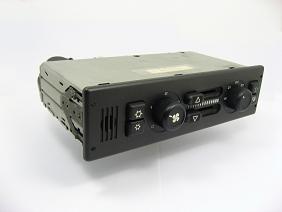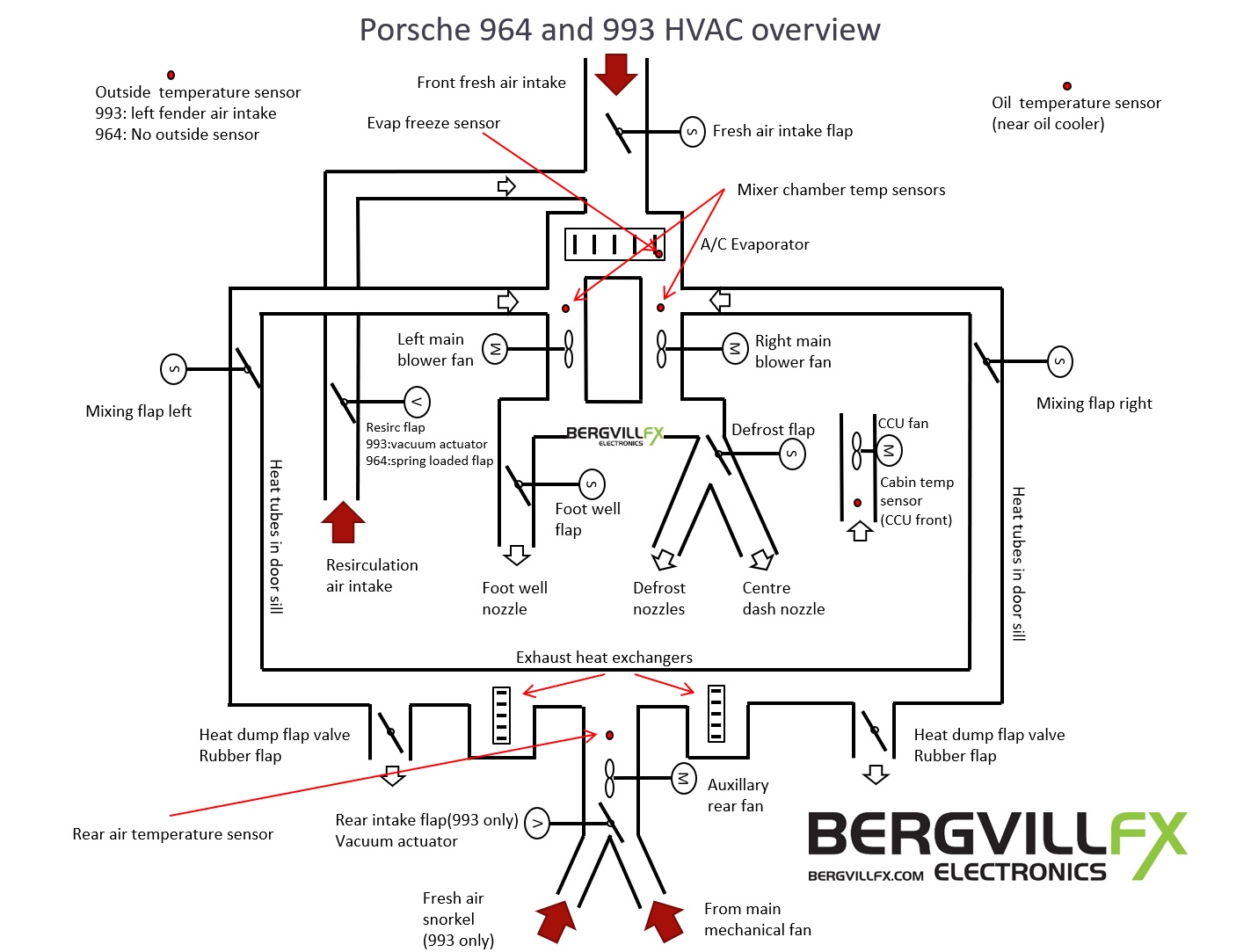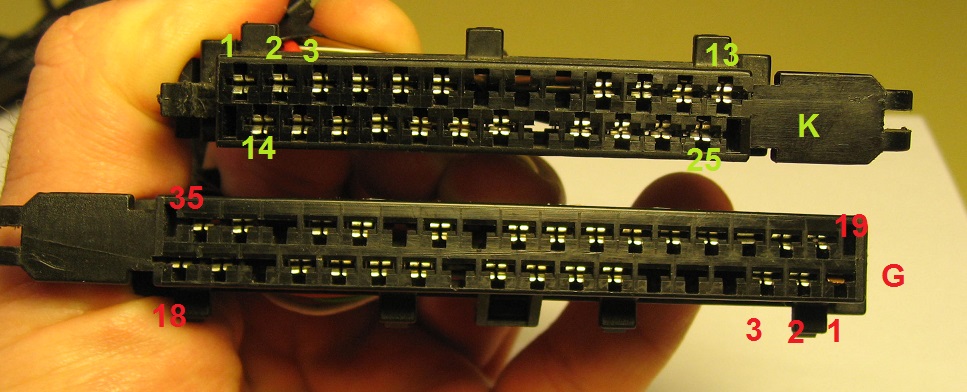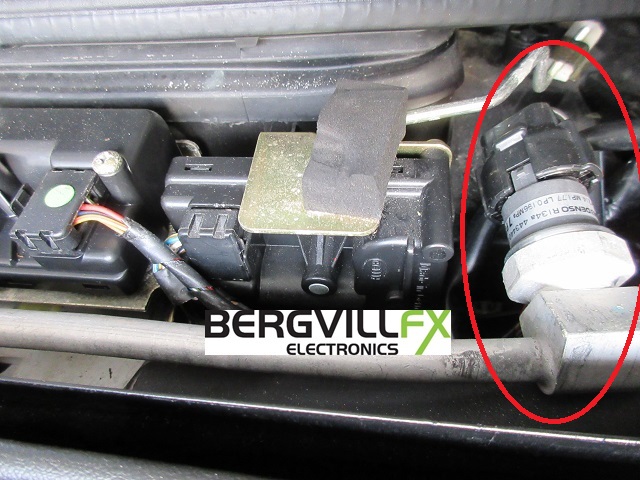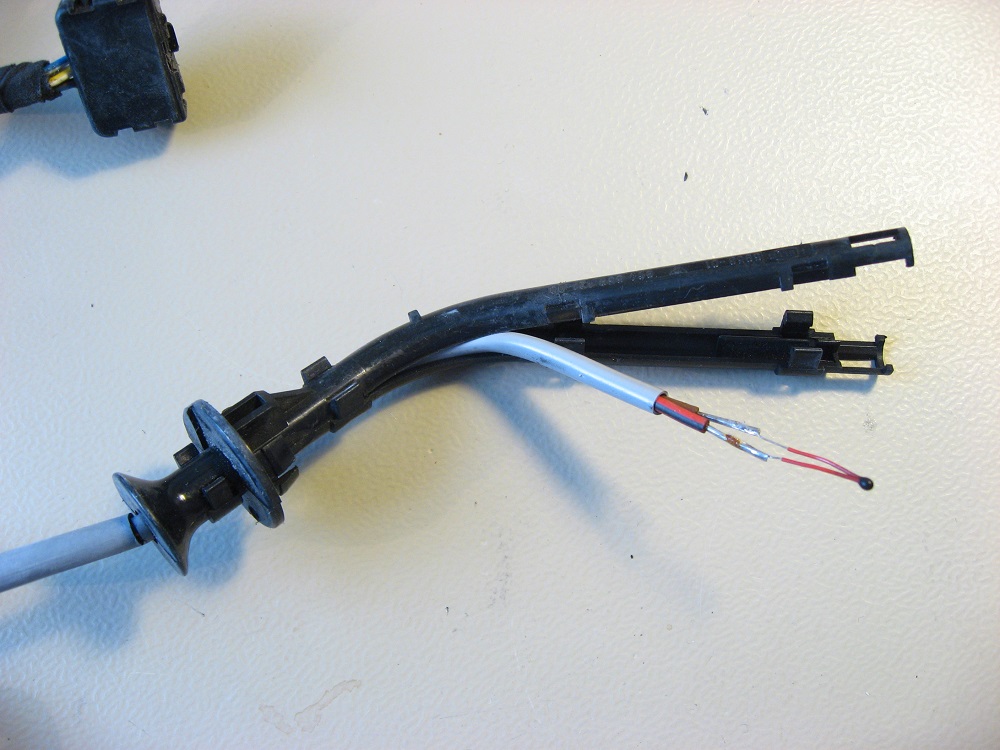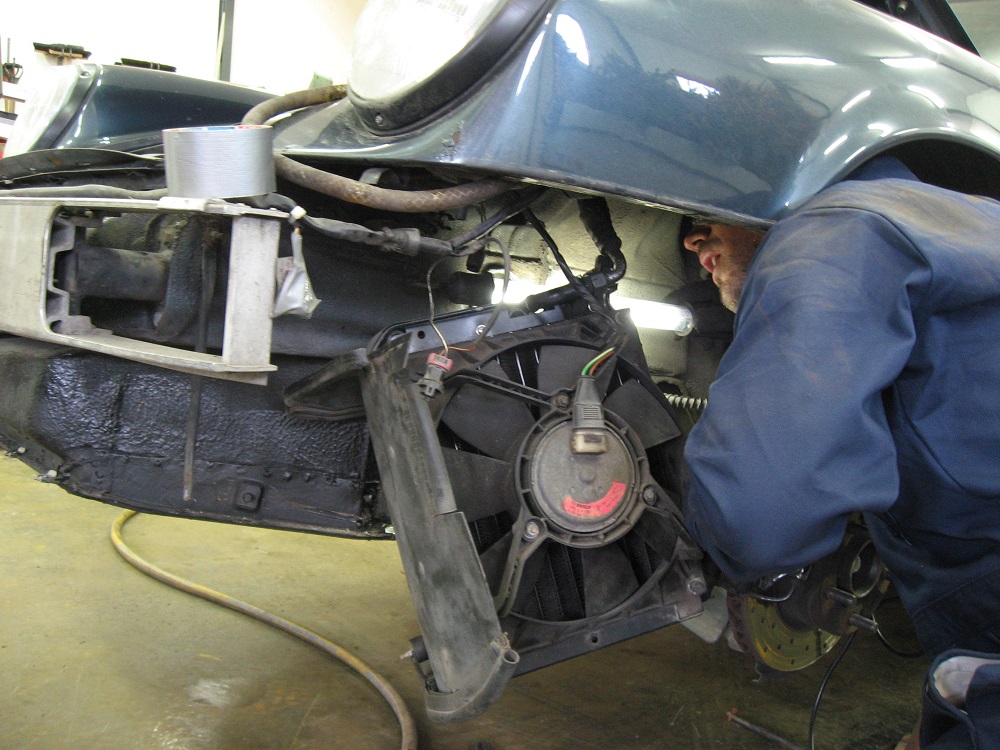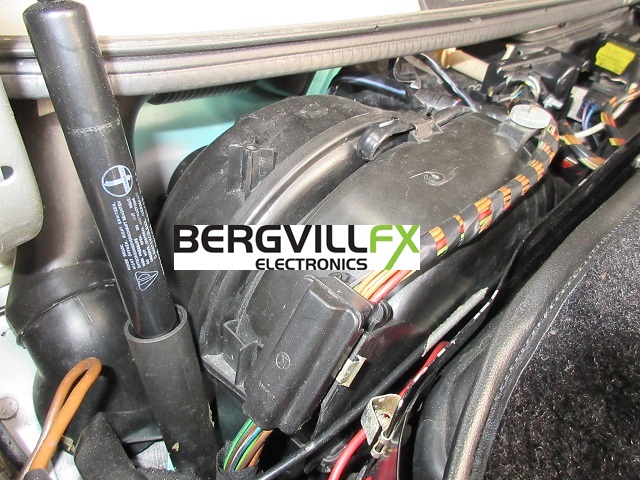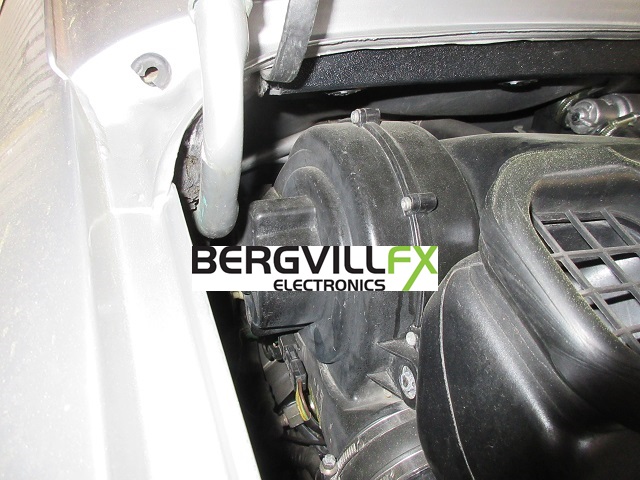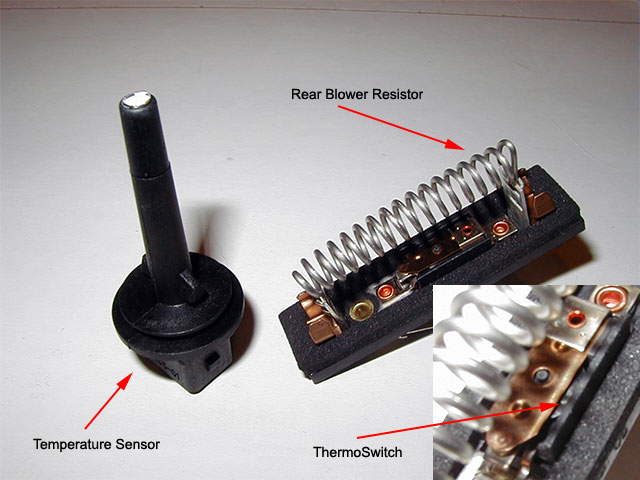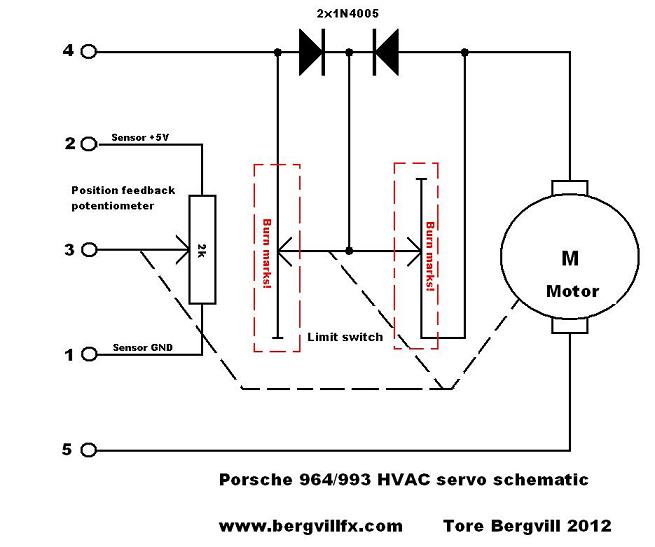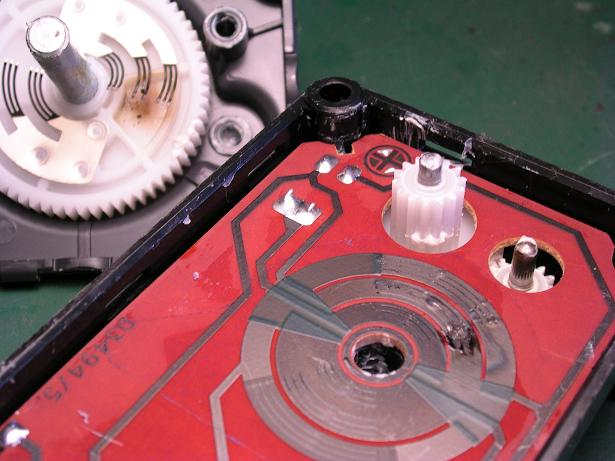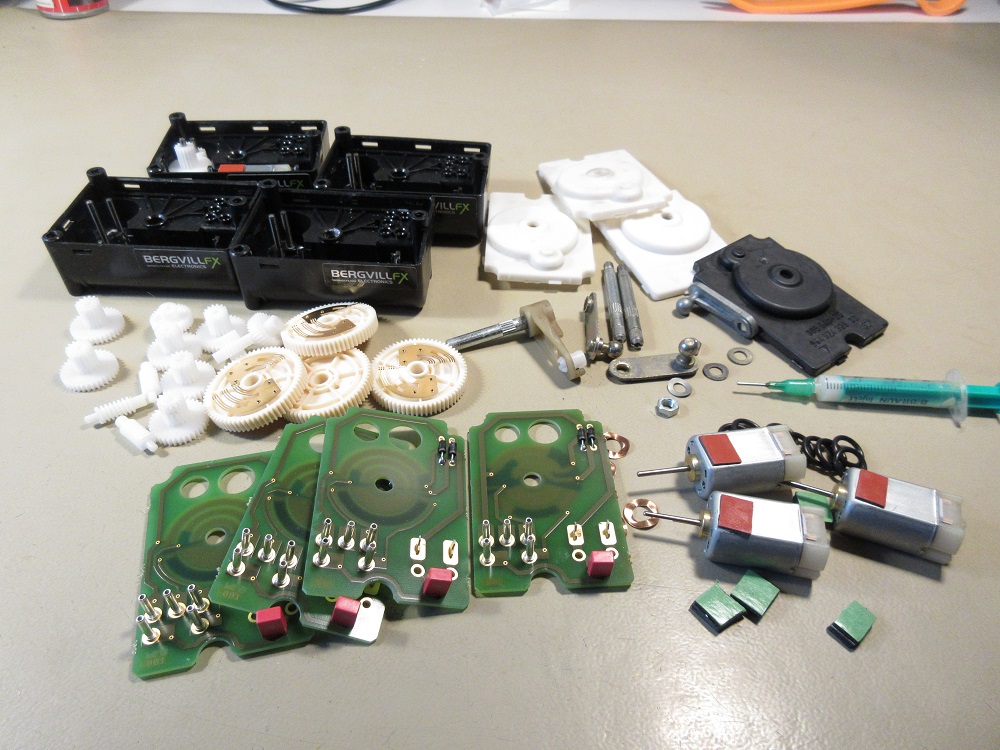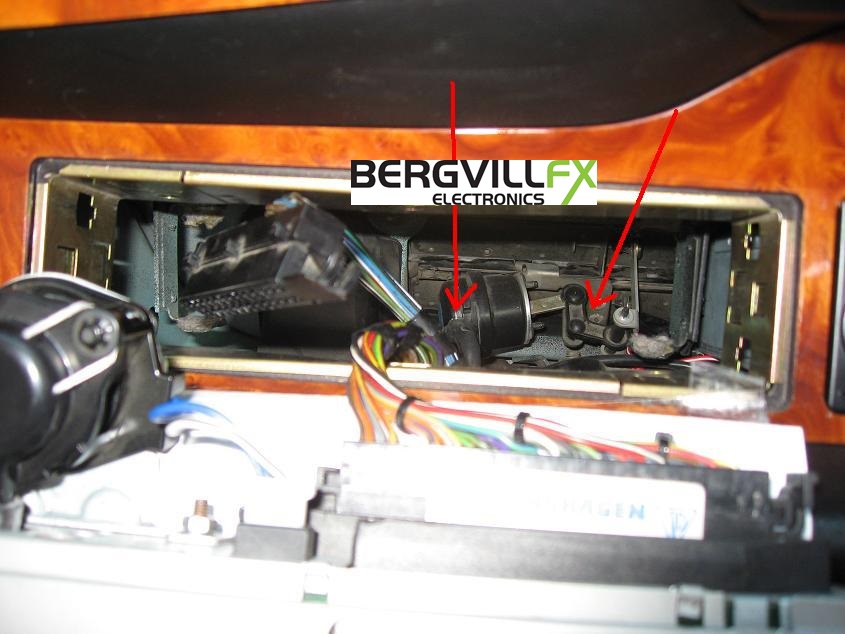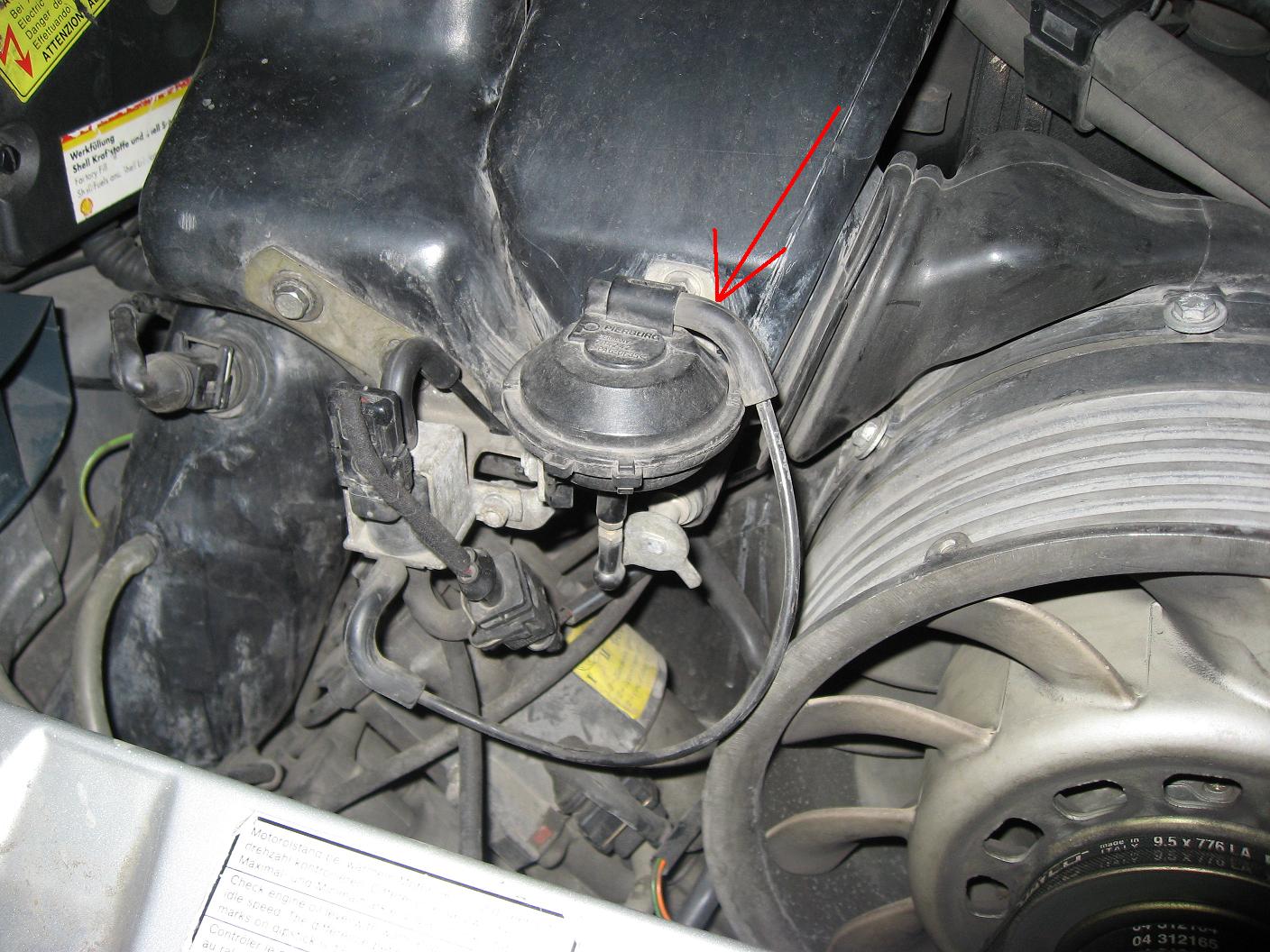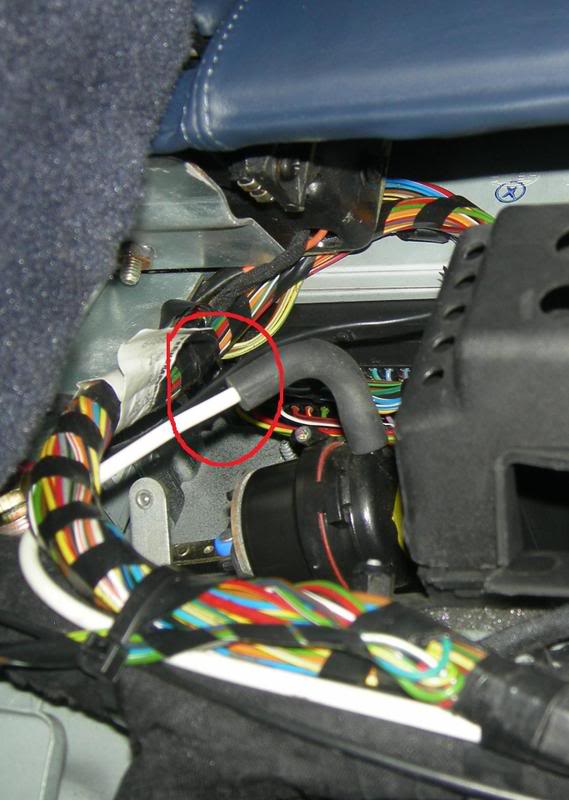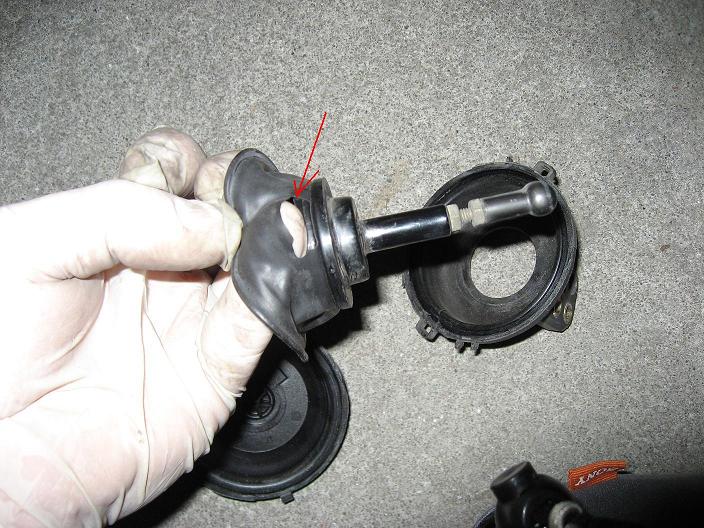This site uses cookies to properly function, analyze traffic, personalization of advertisements and advertising.
Powered by

Powered by

Adjust settings
About cookies on this site
This site uses cookies to properly function, analyze traffic, personalization of advertisements and advertising.
Cookies used on the site are categorized and below you can read about each category and allow or deny some or all of them. When categories than have been previously allowed are disabled, all cookies assigned to that category will be removed from your browser. Additionally you can see a list of cookies assigned to each category and detailed information in the cookie declaration.
Necessary
Analytics
Marketing
Targeted
Custom
Powered by


